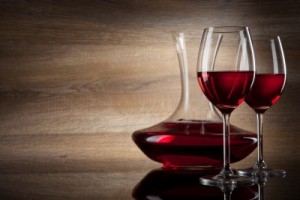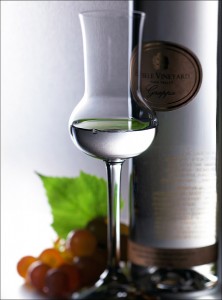 Some say the name “Grappa” is based on the Italian town of Bassano del Grappa, located in Italy’s Veneto Region. Others say it is based on the fact that the word grappa literally means “grape stalk” in Italian.
Some say the name “Grappa” is based on the Italian town of Bassano del Grappa, located in Italy’s Veneto Region. Others say it is based on the fact that the word grappa literally means “grape stalk” in Italian.
We may never know exactly where the word came from, or where grappa was first made, but we do know that grappa has been produced, as a by-product of the Italian winemaking trade, since the Middle Ages. Itinerant distillers used to travel from vineyard to vineyard, distilling the fresh pomace (called vinaccia in Italian) on the spot, and providing the vineyard workers with a raw, potent spirit to ward off the cold.
The tradition of vineyard distillation is no longer practiced, as the stems present in the pomace tend to produce a small amount of methanol, which is toxic and must be carefully removed during distillation. Thus, current Italian law does not allow distillation to take place at the winery; winemakers must bring their pomace to a distiller (or run their own operations, separate from the winery premises). This change has actually help to transition the reputation of grappa from the “moonshine” of yesterday to the artisanal spirit of today.
Modern grappa is produced via column stills, pot stills or traditional steam distillation. Grappa is generally bottled at 40 to 45% alcohol by volume and may be produced from a single variety, known as a monovitigno, or, more commonly, from a mixed batch. After distillation, grappa may be aged for several months in glass or other inert containers before distribution as a clear, unaged spirit. Some grappas are oak aged and may be labeled with terms such as vecchio (old) or stravecchio (extra-old).
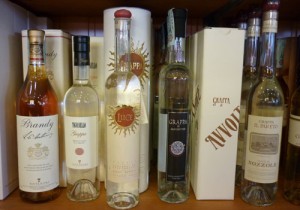 Grappa is often served as a digestif, or, as a caffè corretto (corrected coffee), with a shot of espresso. A variation of this is the resentin (“little rinser”), where the espresso is consumed first, followed by a swirl of grappa served in the same cup.
Grappa is often served as a digestif, or, as a caffè corretto (corrected coffee), with a shot of espresso. A variation of this is the resentin (“little rinser”), where the espresso is consumed first, followed by a swirl of grappa served in the same cup.
In the European Union, the term “grappa” is restricted to use for products produced in Italy, parts of Switzerland, or San Marino. However modern craft distillers in the United States and elsewhere, such as Cedar Ridge Winery and Distillery and Clear Creek Distillery, are making artisanal pomace brandies labeled with the term “grappa.”
Click here to return to the SWE Website.
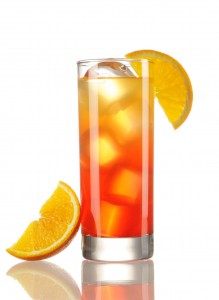
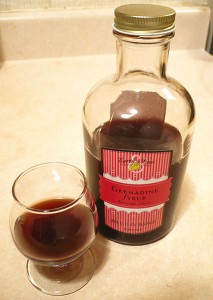
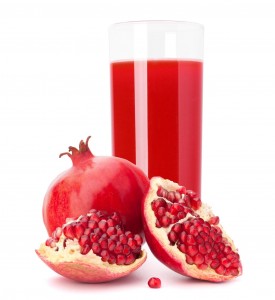
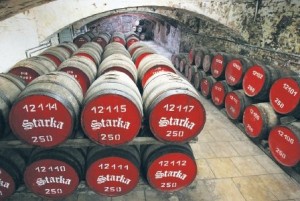
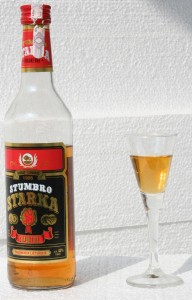
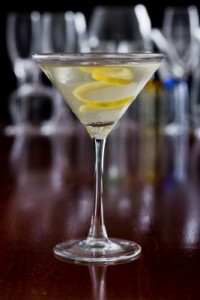
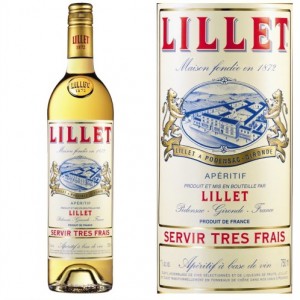

![Sazerac Cocktails.jpg[1]](http://winewitandwisdomswe.com/wp-content/uploads/2013/04/Sazerac-Cocktails.jpg1_-300x192.jpg)
![Sazerac Bar.jpg[1]](http://winewitandwisdomswe.com/wp-content/uploads/2013/04/Sazerac-Bar.jpg1_-300x200.jpg)

